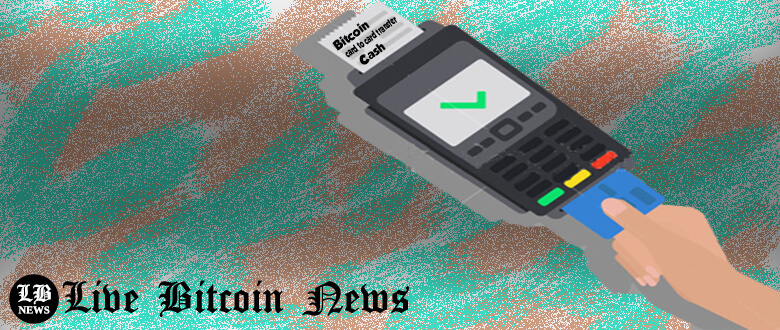Buying or selling cryptocurrencies with credit cards is not only a relatively difficult task to accomplish, but also represents a very risky deal to engage in. Given the fact that all credit card transactions are reversible renders exchanging credit card money for bitcoin, or cryptocurrency in general, an illogical transaction, especially that all cryptocurrency transactions are irreversible.
A newly published patent introduced a novel credit card device that is designed to generate an alternating polarity magnetic field, which depends on the speed at which the card is swiped, that can emulate a conventional credit card. The patent included description of an apparatus that enables the innovated device to emulate the behavior of a credit, or a debit, card when interacting with electronic credit card readers. Moreover, the patent included description of methods that can enable users to control the invention for purposes of authorization of debit, credit and cash transactions, as well as card-to-card and cryptocurrency transactions.
The device can generate a temporary credit card number, when transactions, which require a limited use credit card number, are performed. Such temporary card numbers are limited in terms of the number of transactions each card is authorized to engage in. Moreover, the invented device can interact with similar devices for funding purposes and card-to-card transfers.
How Does the Device Work?
The innovated device is comprised of a unit for near-field communication (NFC); a display screen; a touch sensor array; a memory unit for storage of user’s info and currency amounts; a motion rate detection array and a processor that operates closely in conjunction with the touch sensory array, the NFC unit, the memory, the motion rate detection array and the display. The device’s processor can initiate a card to card transaction, between two devices when it detects a second device in proximity after the user of the first device inputs information regarding the transaction via the touch sensory array.
Transactions can be performed via another method. The device can receive an input signal from another device whose user has turned on the near field communication (NFC) unit of his/her device, receiving the amount of currency of the transaction. Then, the device will generate a temporary credit card number and then transfer the predefined amount of currency from the temporary credit card to the recipient.
Conclusion:
A new credit card device that could emulate the behavior of credit/debit cards and generate temporary credit/debit card numbers has been innovated. The new invention can perform card-to-card , cash and even cryptocurrency transactions.



